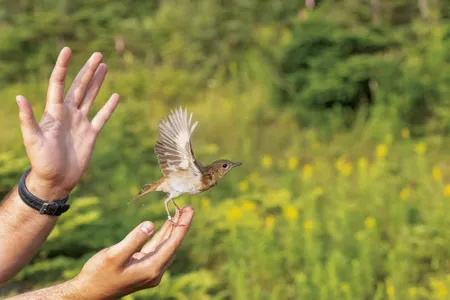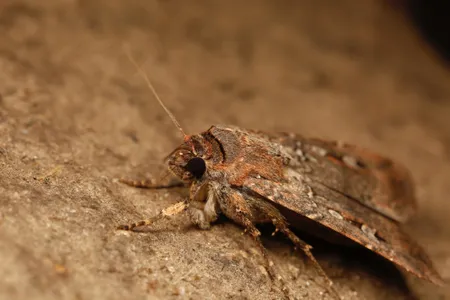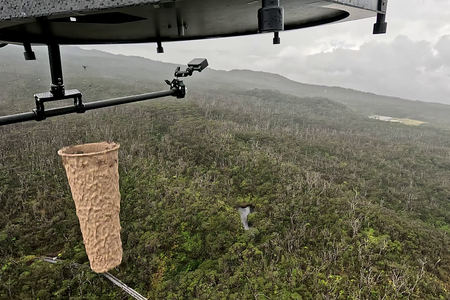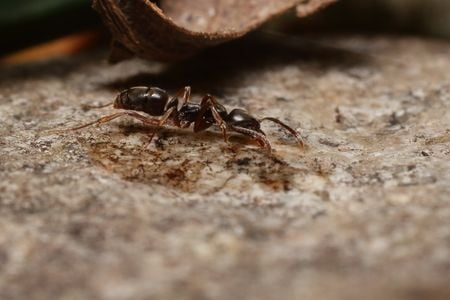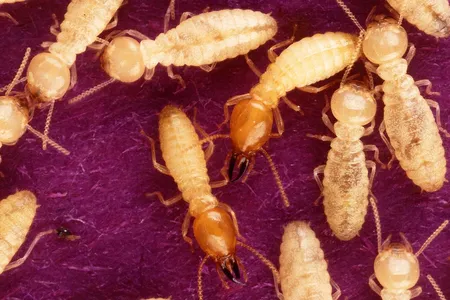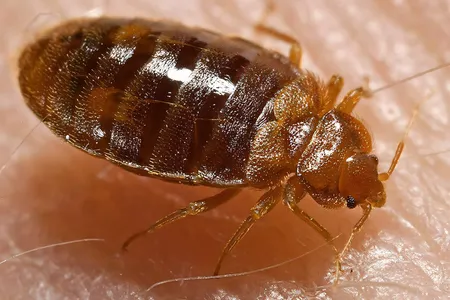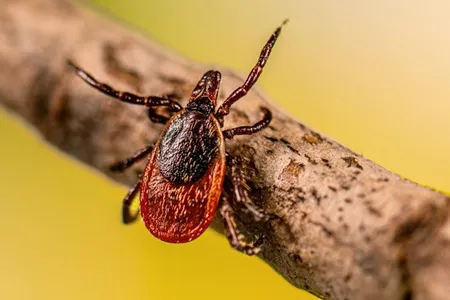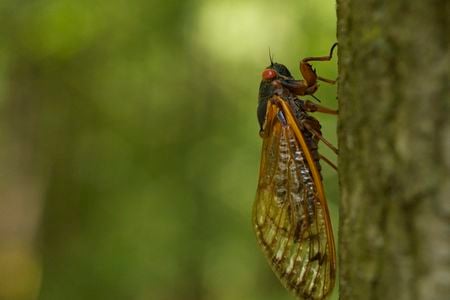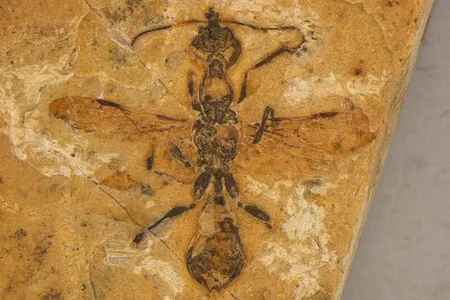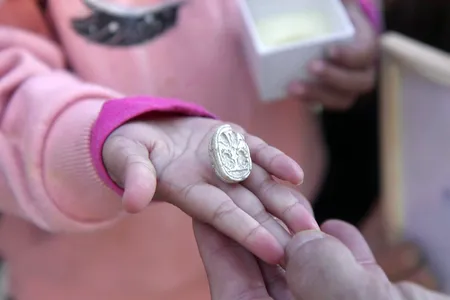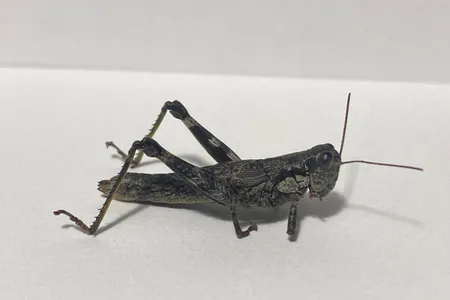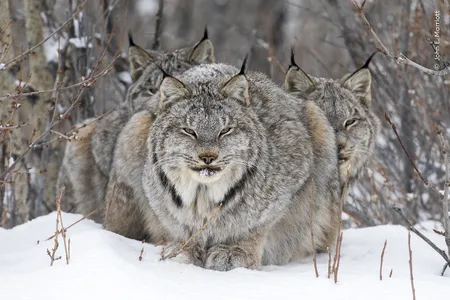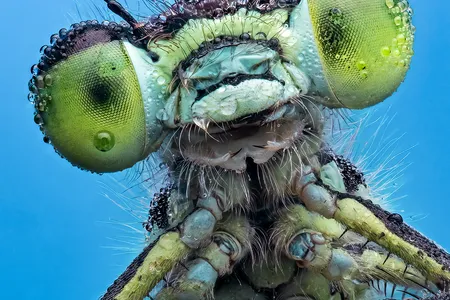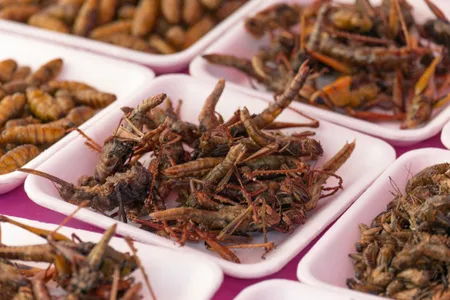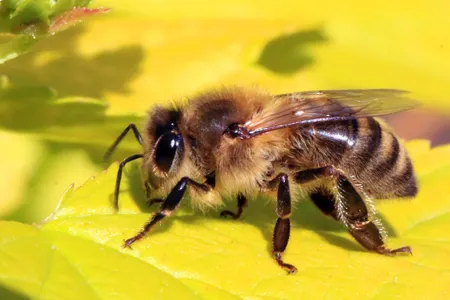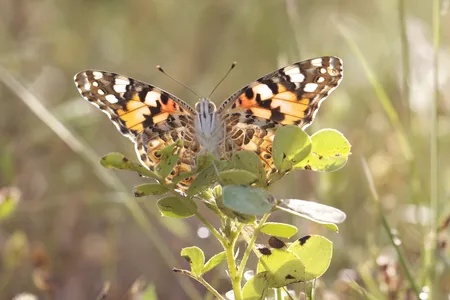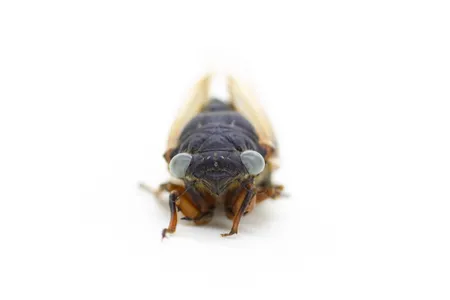Scientists Are Tracking Worrying Declines in Insects—and the Birds That Feast on Them. Here’s What’s Being Done to Save Them Both
In Vermont, researchers have investigated the types of creepy, crawly bugs that their avian predators consume and may have found the answers to keeping them both alive
Australian Moths Are the First Known Insects to Navigate by the Stars, Revealing a Migratory Superpower
Bogong moths use both Earth’s magnetic field and the starry night sky to make twice-yearly migrations spanning hundreds of miles, according to new research
Scientists Are Using Drones to Unleash Thousands of Mosquitoes in Hawaii in a Bid to Save Native Birds. Here’s How It Works
The lab-raised, non-biting male mosquitoes are meant to breed with the invasive ones on the islands and produce sterile eggs that will help suppress avian malaria
Watch Out for These Invasive, Stinging Ants That May Cause Life-Threatening Allergic Reactions
First introduced in the 1930s, carnivorous Asian needle ants appear to be spreading across the United States
Two Invasive Termites Are Interbreeding in Florida, Raising Concerns That the Hybrid Pests Could Spread Around the World
Previous research found that Asian and Formosan termites could produce offspring together, and now, scientists have found these creatures established in the wild
14 Million Honeybees Escaped From an Overturned Truck in Washington State. Local Beekeepers Helped Corral Them
Most of the bees have now been recovered, and the road is open to the public again
Bedbugs Could Have Been the First Urban Pest to Plague Human Cities, New Study Suggests
Scientists examined the genomes of two bedbug lineages to trace how their population sizes have changed over time
A Potentially Life-Threatening Disease Caused by Ticks Is Expanding to New Parts of America
Babesiosis typically occurs in the Northeast and the Upper Midwest, but new research suggests rare cases are emerging in the mid-Atlantic region including Delaware, Maryland and Virginia
Watch for Cicadas: Billions From Brood XIV Will Soon Emerge After 17 Years Underground
The insects from this group were last seen in 2008 and will appear across the eastern U.S. for a brief, dramatic frenzy of mating and dying
Scientists Discover the Oldest Known Ant Fossil, a 113-Million-Year-Old ‘Hell Ant’ Preserved in Rock in Brazil
The odd-looking specimen with scythe-like jaws indicates that early ants were spread widely across the globe while dinosaurs still roamed
Toddler Discovers 3,800-Year-Old Egyptian Amulet While Hiking With Her Family in Israel
The 3-year-old picked up an ancient Canaanite scarab that dates back to the Middle Bronze Age
Biologist Spots Rare, Flightless Grasshopper in Virginia for the First Time in Nearly 80 Years
The last time anyone in the state had officially documented the Appalachian grasshopper was in 1946, and the species was once thought to be extinct
See 15 Winning Images From the Wildlife Photographer of the Year Contest
Breathtaking shots shine a light on the wonders of wildlife and the threats that human activities pose to the natural world
New Hampshire Resident Dies From Rare but Serious Mosquito-Borne Illness
It’s one of four cases of Eastern equine encephalitis reported in the U.S. so far this year—and the state’s first since 2014
See Ten Creepy-Crawly Portraits From the Insect Week Photography Contest
The Royal Entomological Society’s Photography Competition highlights the wonder and diversity of the six-legged creatures that crawl, swim and fly across the planet
Singapore Approves 16 Insect Species for Human Consumption
The move comes amid broader efforts to improve food security and diversify food sources
Honeybees Can Sniff Out Lung Cancer, Scientists Suggest
New research opens the door for doctors to one day use bees as a living diagnostic tool
These Stunning Butterflies Flew 2,600 Miles Across the Atlantic Ocean Without Stopping
Researchers combined several lines of evidence to solve the mystery of why a group of painted ladies, which do not live in South America, were found fluttering on a beach in French Guiana
People Are Spotting Rare, Blue-Eyed Cicadas Around Illinois
As two broods of periodical cicadas emerge across the U.S. this spring, people have discovered a few of the bugs that don’t have their trademark red eyes
Did Body Lice Spread Bubonic Plague? Research Suggests the Parasites Are Better Vectors Than Thought
These blood-sucking insects are capable of transmitting the bacteria that caused the Black Death, according to a laboratory study
Page 1 of 12
